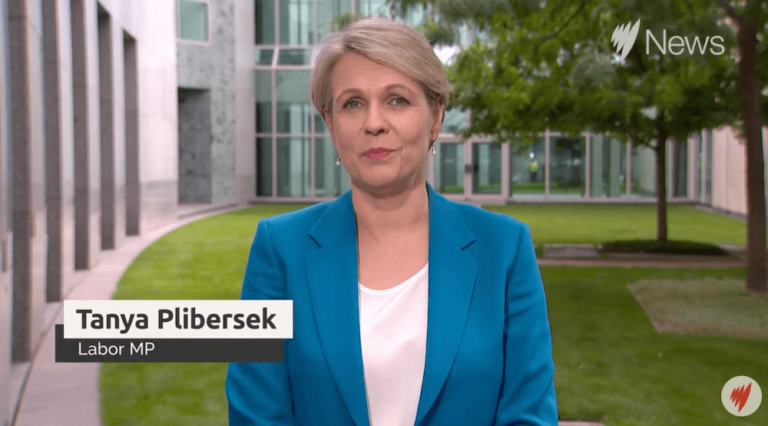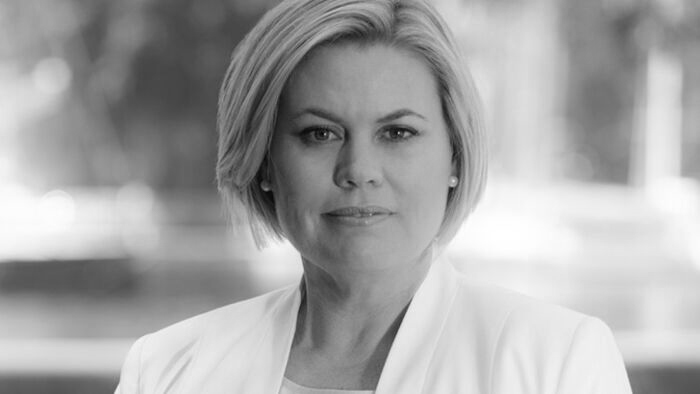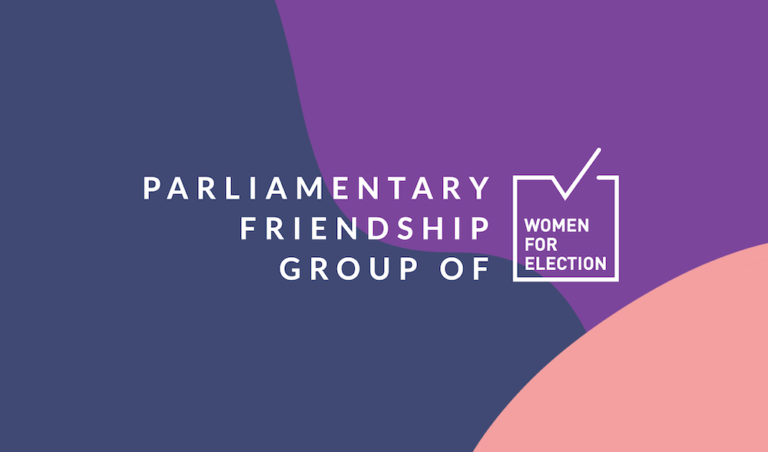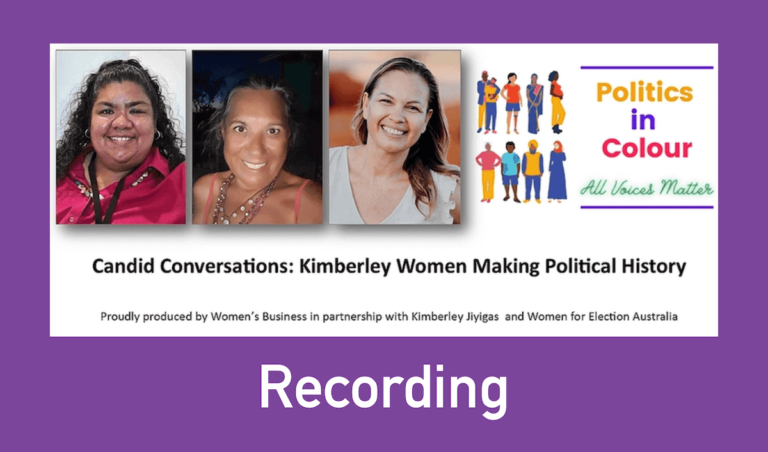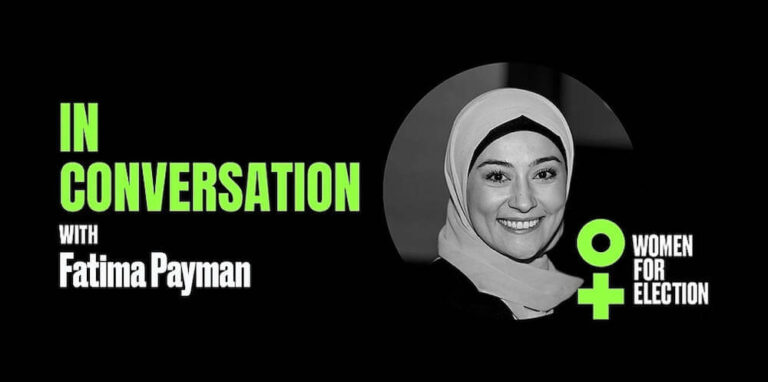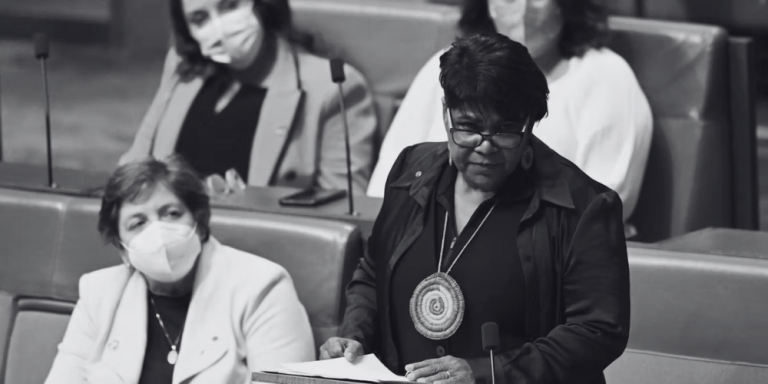Intersectional Feminism
Written by Kali Goldstone, Senior Advisor, WFEA
“Intersectionality” has recently become part of the public discussion around feminism, but it’s not new.
The term was first used by scholar and civil rights advocate Kimberlé Crenshaw in 1989. While still a student studying to be a lawyer, she saw that gender and race were looked at as completely separate issues. To Crenshaw, studying them in isolation to each other made no sense.
The whole purpose of intersectional feminism is to listen to different kinds of feminists – not just ones like yourself. It reflects a growing movement within feminist circles to understand how people simultaneously face bias along multiple identity measurements such as gender, race, class, religion and sexual orientation.
In other words, intersectional theory asserts that people are often disadvantaged by multiple sources of oppression including their race and gender. Essentially, discrimination doesn’t exist in a bubble. Different kinds of prejudice can be amplified in different ways when combined.
“All inequality is not created equal,” Crenshaw says.
“We tend to talk about race inequality as separate from inequality based on gender, class, sexuality or immigrant status. What’s often missing is how some people are subject to all of these, and the experience is not just the sum of its parts,” Crenshaw notes.
Crenshaw highlighted how feminist practices can neglect race issues and anti-racist struggles can reinforce sexism when dealing with issues such as domestic violence, rape and obscenity law.
An example of compounding forms of discrimination experienced by women can be seen in Timor-Leste, where class and socioeconomic discrimination intersected with sexism. Such barriers made it hard for poor women to get elected because of the high cost of campaigning in the newly democratised nation. Also, cultural norms meant that many people in Timor-Leste don’t see women as potential leaders.
Recognising that women are affected by other forms of marginalisation has generated much debate within feminist groups.
Some feminists felt that emphasising differences between women detracted from common struggles. They were reticent to acknowledge that some women might be more privileged than others.
However, this view ignores the fact that women of colour experience discrimination on the basis of both gender and race. As Ruby Hamad and Celeste Little wrote in 2017, “mainstream feminism still cannot comprehend that racism and sexism are not experienced separately but simultaneously”.
Robert Livingston, lecturer of public policy at Harvard University, presented an experiment about how 84 nonblack participants responded to a corporate executive described as either “tough, determined” or “caring, committed.” The race and gender of the fictitious leader were also varied across conditions.
Women are often viewed negatively for exhibiting traditionally masculine behaviour. Assertive female leaders are disliked, while assertive male leaders gain respect.
Unlike white women, black women are often stereotyped as being assertive, confident and not feminine. These masculine traits are not only expected for black women but also allowed, at least in leadership roles.
Both white female and black male leaders were rated more negatively when described as tough rather than caring. In contrast, black women faced no such penalty for behaving assertively and were instead rated similarly to white men. Livingston concluded black women “were able to show dominance, assertiveness, agency without the same penalty that either white women or black men suffered.”
He suggested that white women get knocked for being “tough, determined” because they are expected to be warm and caring. Black men are penalized because they are feared by others and activate other stereotypes such as being dangerous. In contrast, black women are expected to be assertive and confident, unlike white women, and they’re not feared in the same way as black men, Livingston suggested.
If you are a black woman, you can be an assertive leader as long as you don’t make any mistakes, Livingston argued. “But the first time you make a mistake, your competence is called into question well before the white woman or the black man.”
“In the Australian context, Aboriginal and Torres Strait Islander women experience three levels of oppression” says Kat Henaway founder of Politics in Colour. Indigenous women must break through the three glass ceilings of white men, white women and black men before their voices are heard. The situation is even worse for their CALD sisters. “As first nations women, we’re often prioritised before other women of colour, adding additional barriers for CALD women,” note Kat.
Kat says that it’s true that many women of colour consider feminism to be a “moot point. It’s a movement that has always marginalised women of colour and many liberal white women have an immediate reaction of defence when that truism is pointed out. It is in that precise moment, that progressive white women need to stop and realise they are actually part of the problem and therefore, have an opportunity to also be part of the solution.”
WFEA takes an intersectional feminist approach to all its initiatives in our effort to build a more robust and equal society. This is why we’ve partnered with Politics in Colour.
WFEA believes that the feminist movement needs to consider more authentic inclusion if it wants to genuinely engage more women of colour in the cause. As feminists, we must stand in solidarity with each other, interrogating entrenched power structures in order to create a future that leaves no one behind.
“If you see inequality as a “them” problem or “unfortunate other” problem, that is a problem,” says Crenshaw. “We’ve got to be open to looking at all of the ways our systems reproduce these inequalities, and that includes the privileges as well as the harms.”
Register now for a Political Candidate Training Workshop for Women of Colour.


